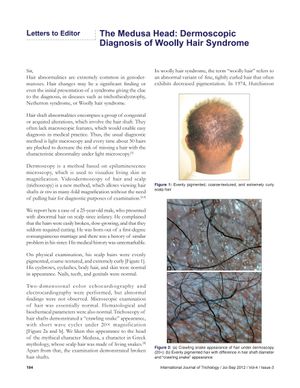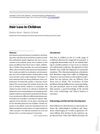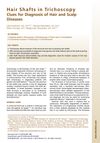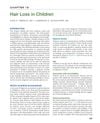The Medusa Head: Dermoscopic Diagnosis of Woolly Hair Syndrome
January 2012
in “
International Journal of Trichology
”

TLDR A man with Woolly Hair Syndrome had very curly, fragile hair, and doctors used a special scalp examination to diagnose him without invasive tests.
The document reports a case of a 25-year-old male with Woolly Hair Syndrome, a condition characterized by fine, tightly curled hair with decreased pigmentation. The patient, who had a history of similar hair problems in his family, presented with hair that was easily broken, slow-growing, and rarely needed cutting. Physical examination showed evenly pigmented, coarse-textured, and extremely curly scalp hair, but no other abnormalities in skin, nails, teeth, or genitals. Cardiovascular tests were normal, and microscopic examination of the hair did not reveal any abnormalities. However, trichoscopy, a non-invasive hair and scalp examination method, showed a "crawling snake" appearance of the hair shafts at 20× magnification, which the authors likened to the head of Medusa from Greek mythology. The case was likely an autosomal recessive type of Woolly Hair Syndrome without systemic involvement. The authors emphasize the value of trichoscopy in diagnosing hair shaft disorders like Woolly Hair Syndrome without the need for light microscopy or plucking hairs.






